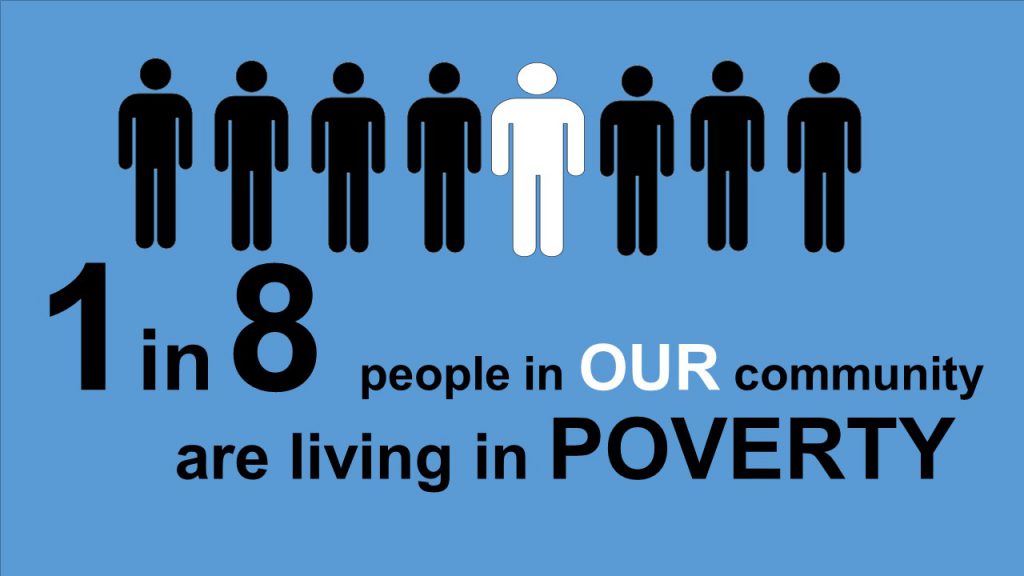Homelessness/ Poverty Fact Sheet

- The three most cited reasons for family homelessness are:
1) Lack of affordable housing,
2) unemployment, and
3) poverty.
- 2.5 million children will experience homelessness this year in America.
- 1 in 30 children in the United States experience homelessness annually.
- Nearly 1.4 million school children were homeless in school year 2016-17.
- Students experiencing homelessness are up to nine times more likely than their non-homeless peers to repeat a grade.
- 51% of homeless children are under age 6 and, therefore, too young for school and are not counted.
- 35% of all homeless persons nationwide are families with children.
- Homeless families are often hidden from our view—they are living in shelters, cars, campgrounds, or doubled up in overcrowded apartments.
- Nearly 40 million people (1 in 8) in the U.S. live below the poverty line.
- More than 1 in 5 (15 million) U.S. children under age 18 live in poverty.
- In 2000, 12 million U.S. children (17%) lived in poverty. That number had grown to nearly 14 million children (19%) by 2008 and to 15 million children (21%) by 2018.
- In 2018, the poverty line for a family of four is $25,750.
- The federal minimum wage is $7.25/hour. It has not been raised since 2009.
- A worker needs to earn $12.38/hour to reach the poverty level for a family of four.
- A renter needs to earn $22.96/hour to afford a two-bedroom rental in the U.S.
- In only 28 counties in the country (out of 3,007) can a worker making the federal minimum wage afford a Fair Market Rent one-bedroom apartment.
- 11 million households now pay more than 50% of their income for housing–an increase of 4.3 million households since 2001.
- Only 25% of those considered eligible for federal housing assistance receive help, due to lack of funding.
- For every 100 extremely low-income households, there are only 37 affordable rentals available on the market.
- The U.S. has a shortage of more than 7.2 million rental homes affordable and available to extremely low-income rental households.
- In America, nearly 13 million children live in food-insecure households (where they may not have consistent access to enough food for an active, healthy life).




